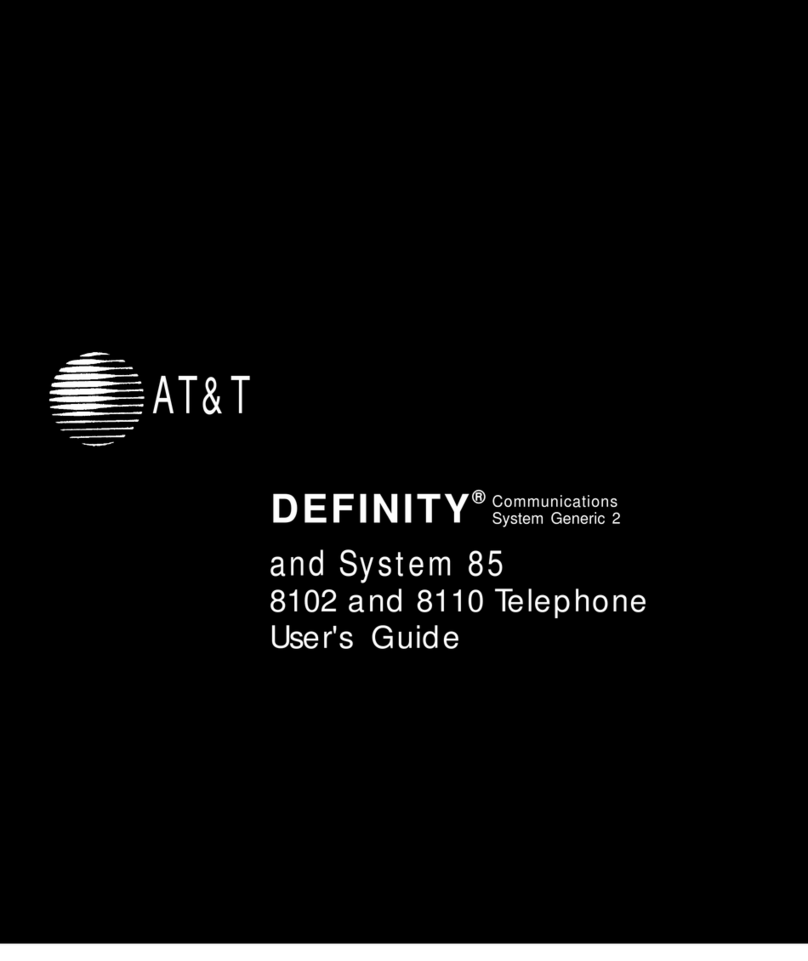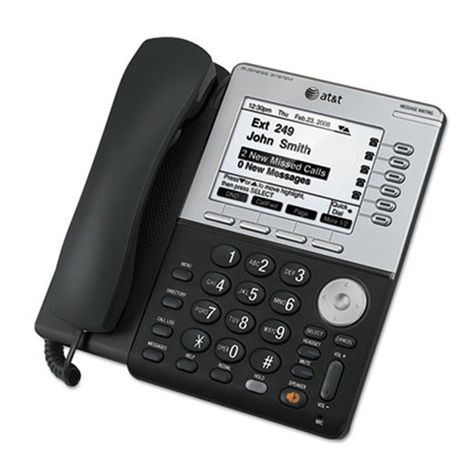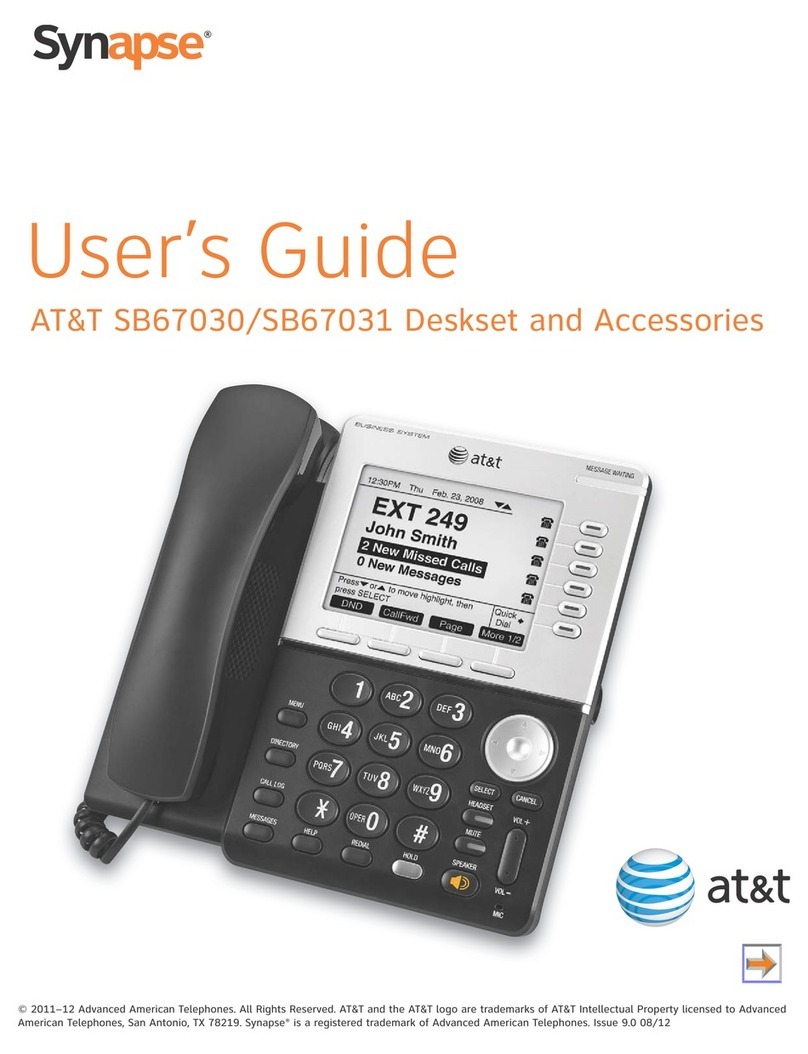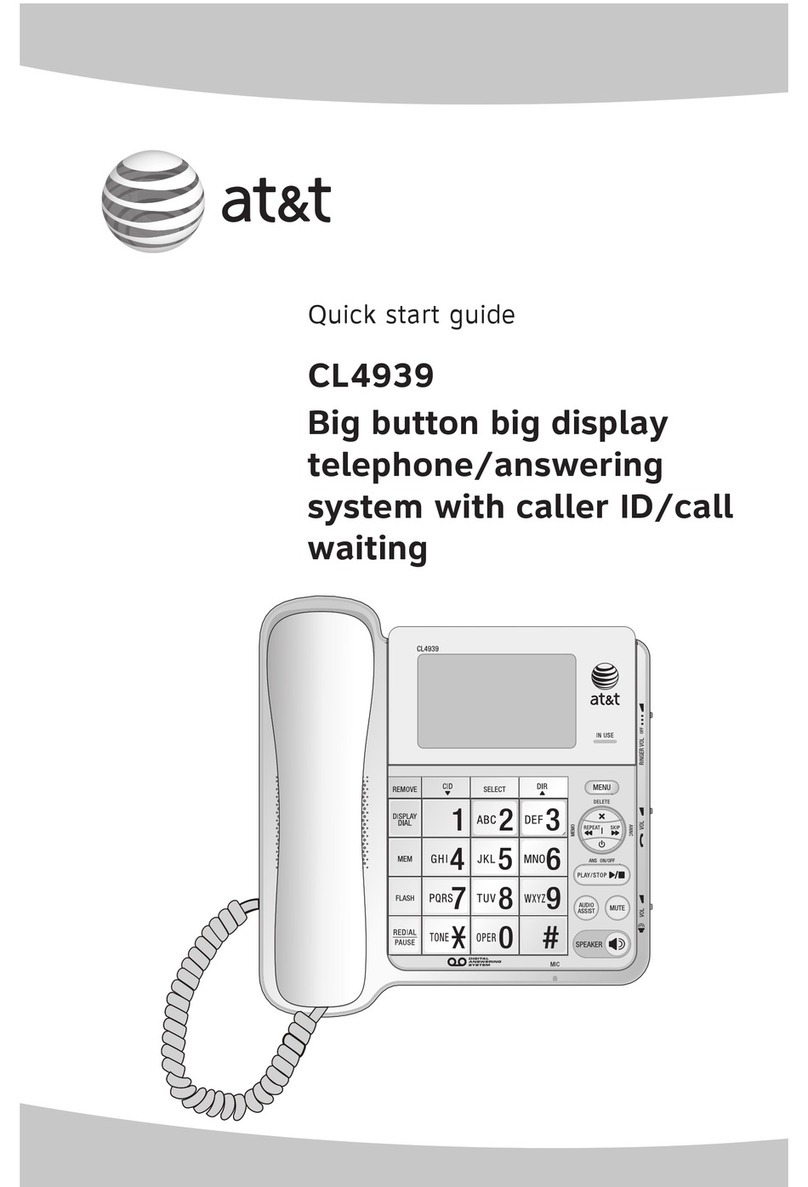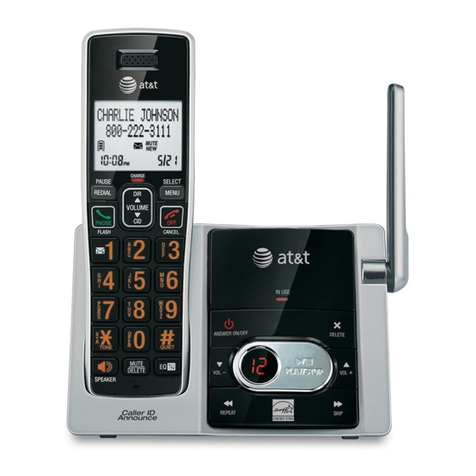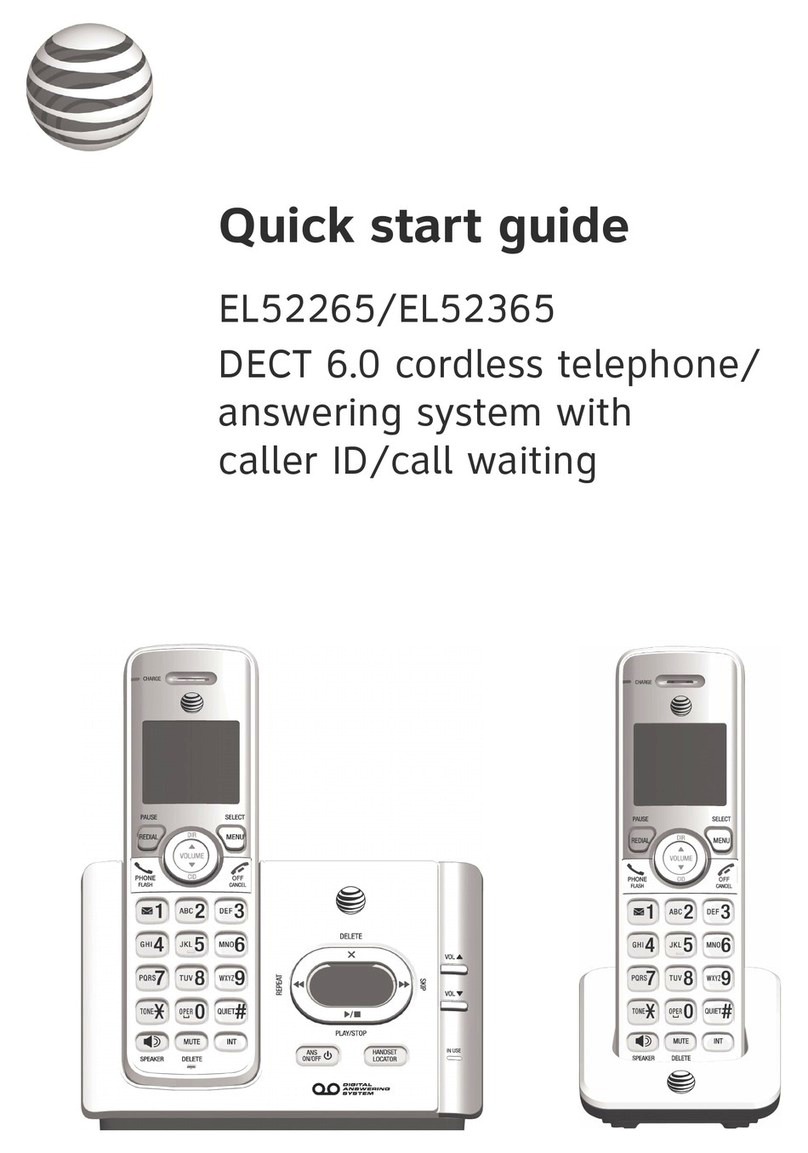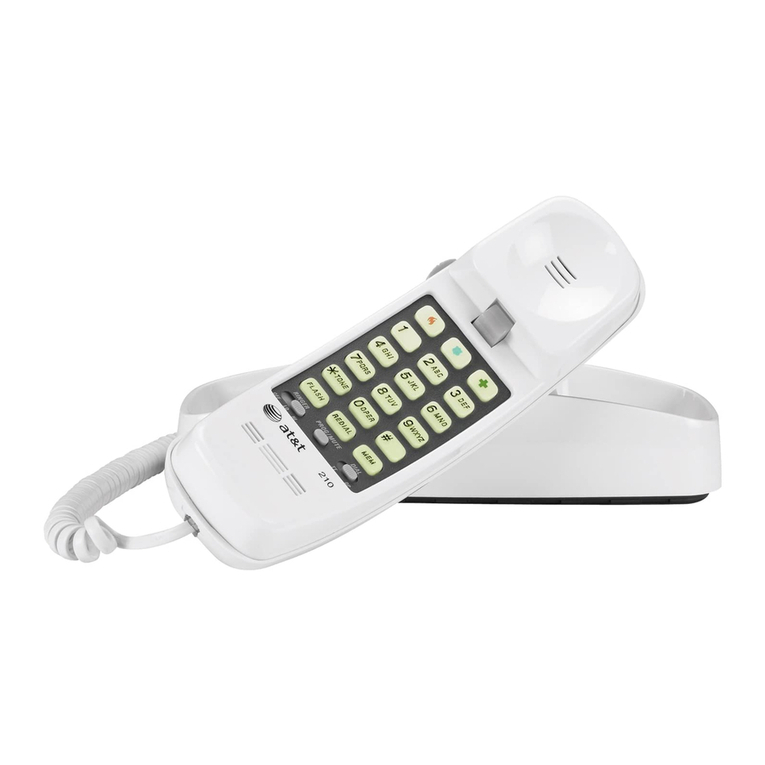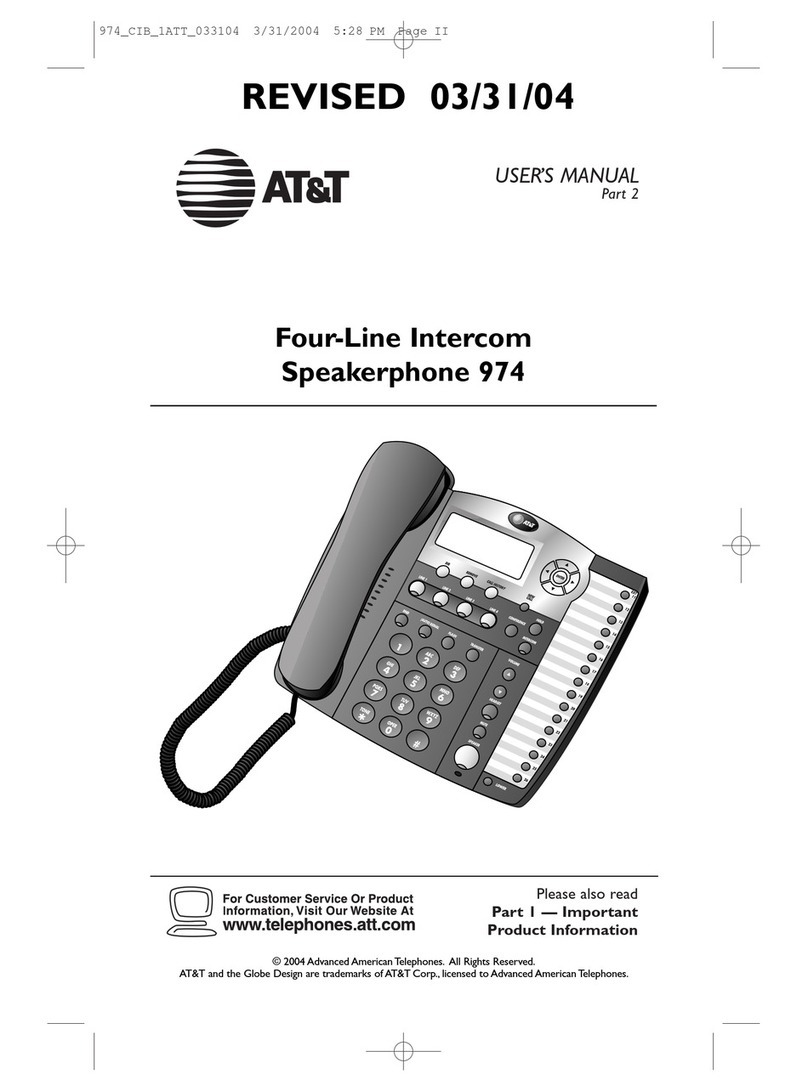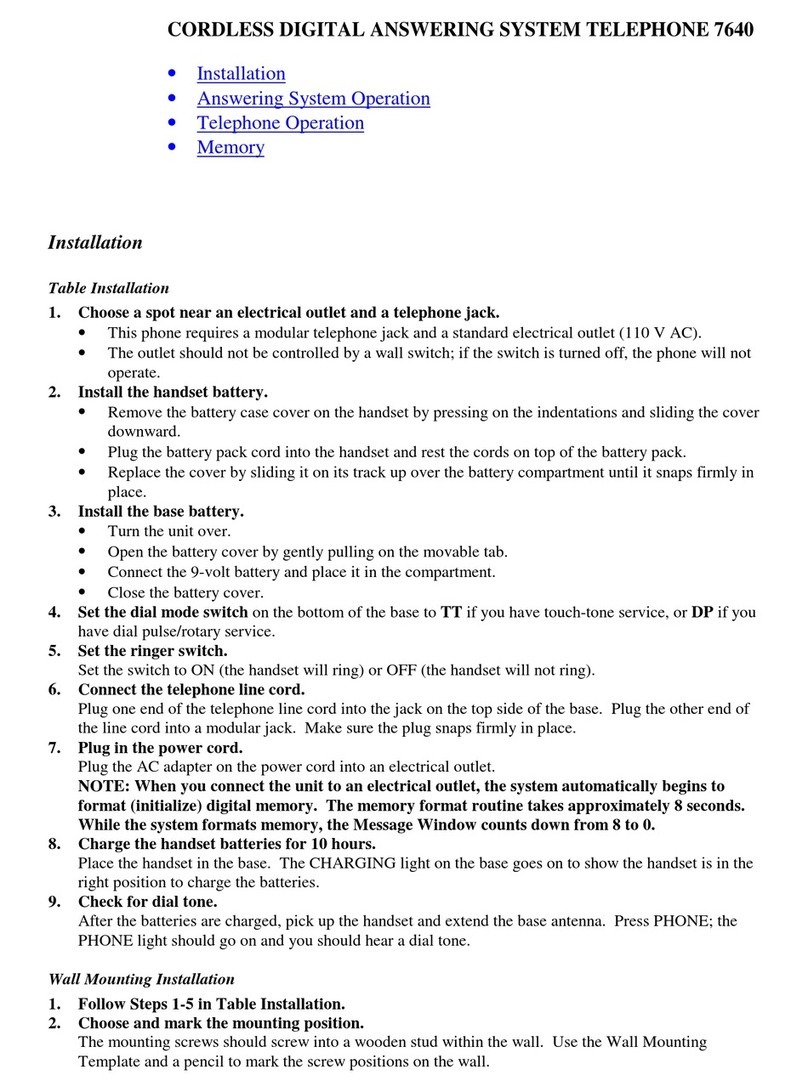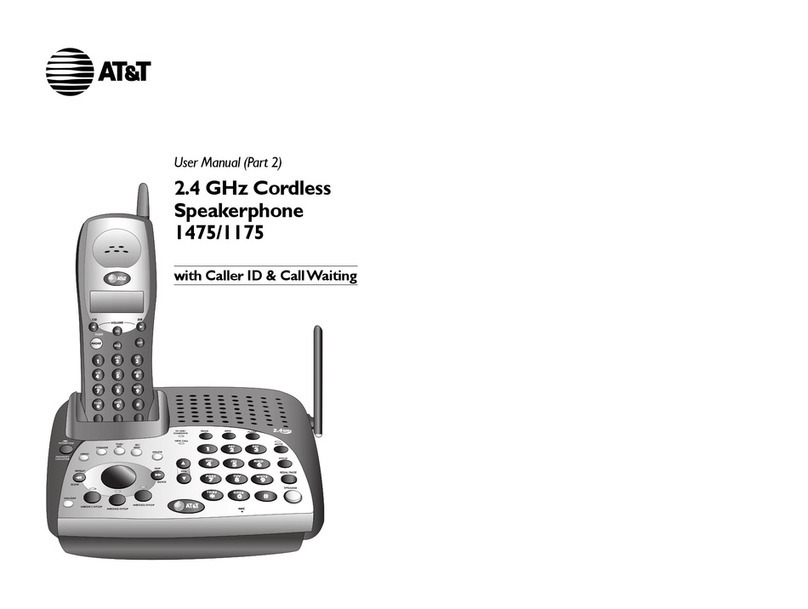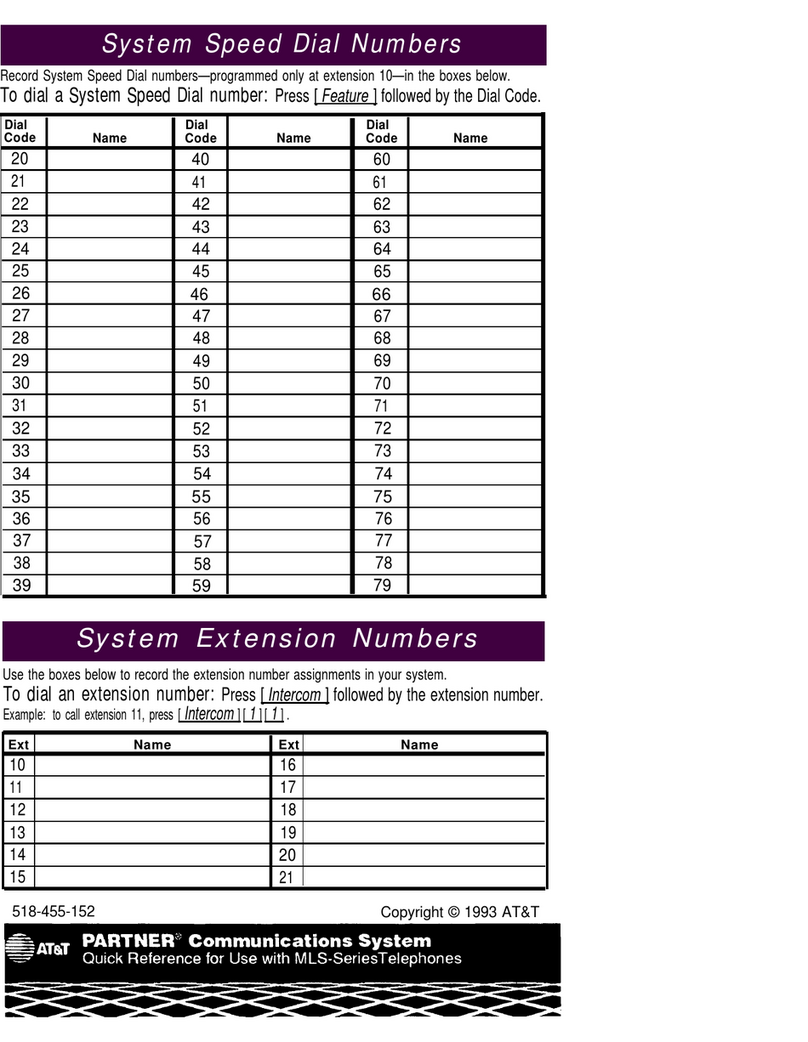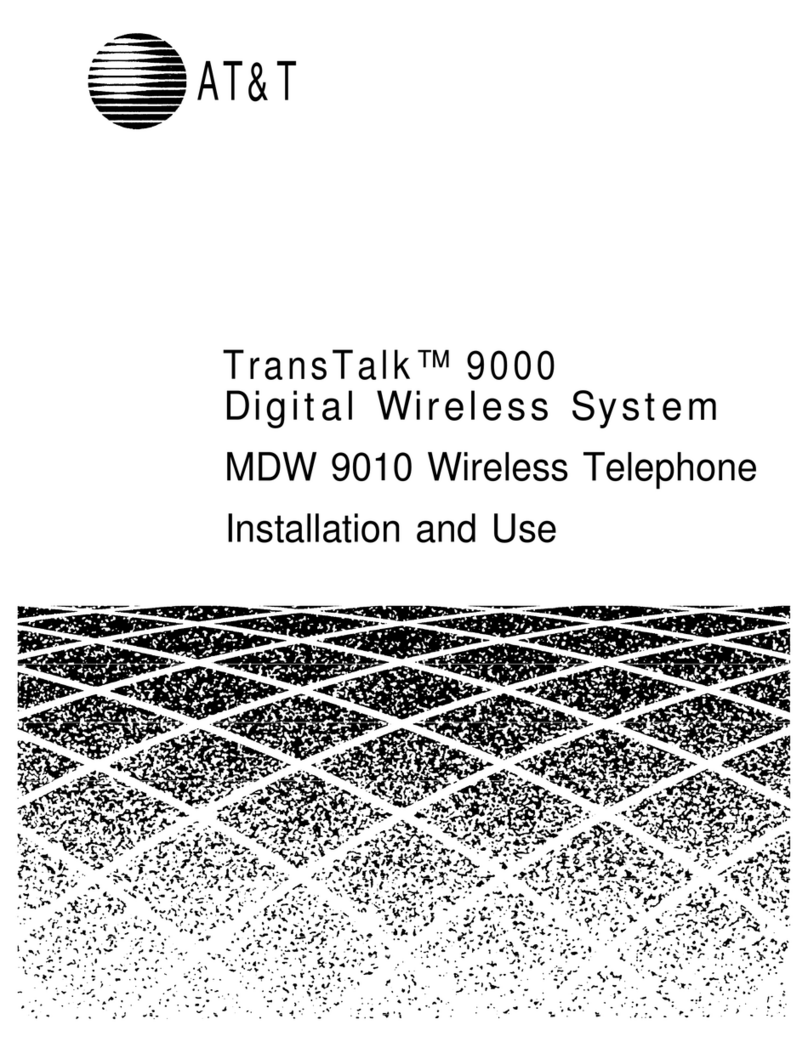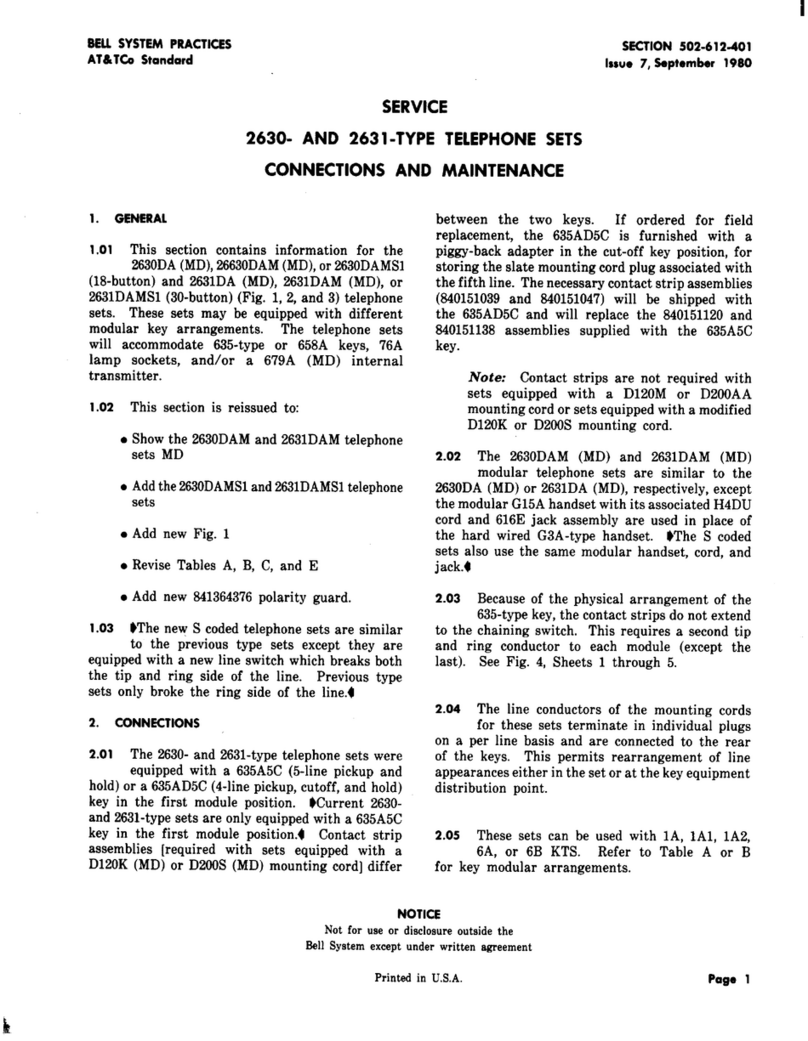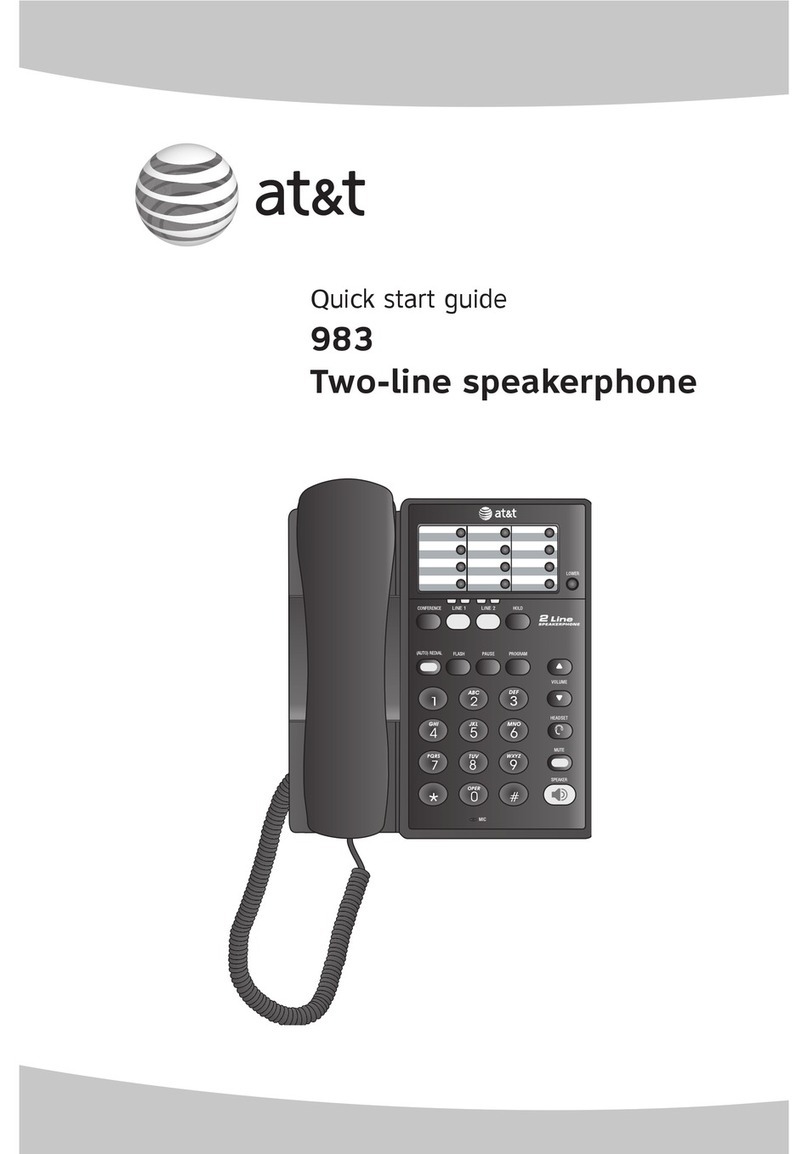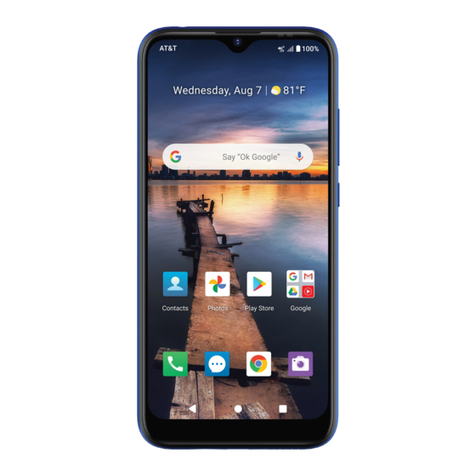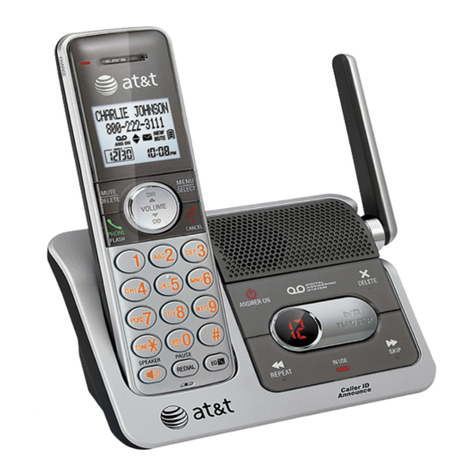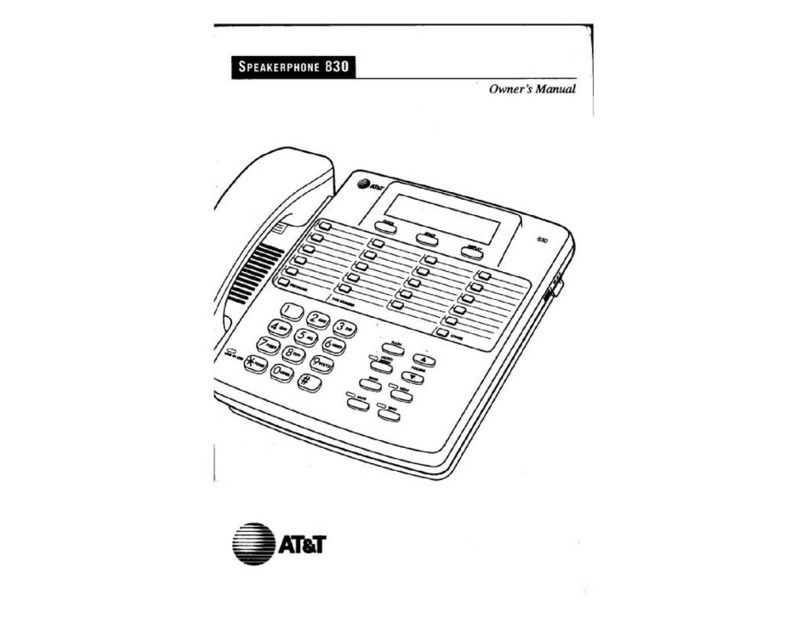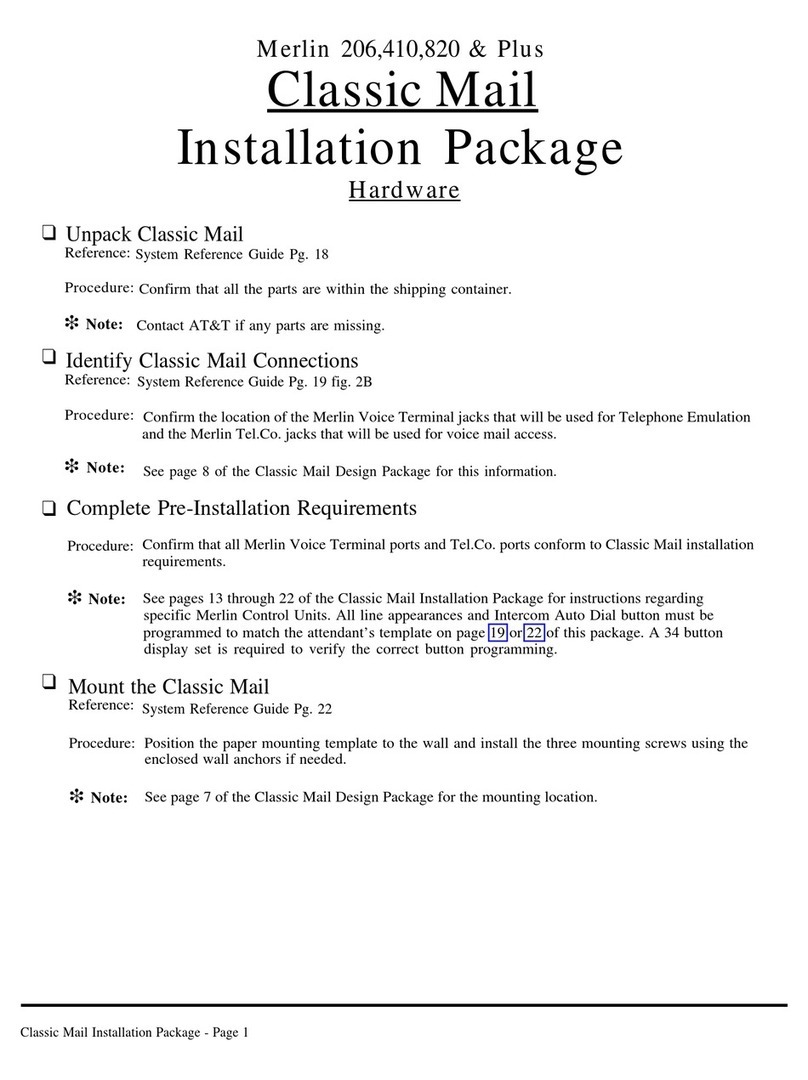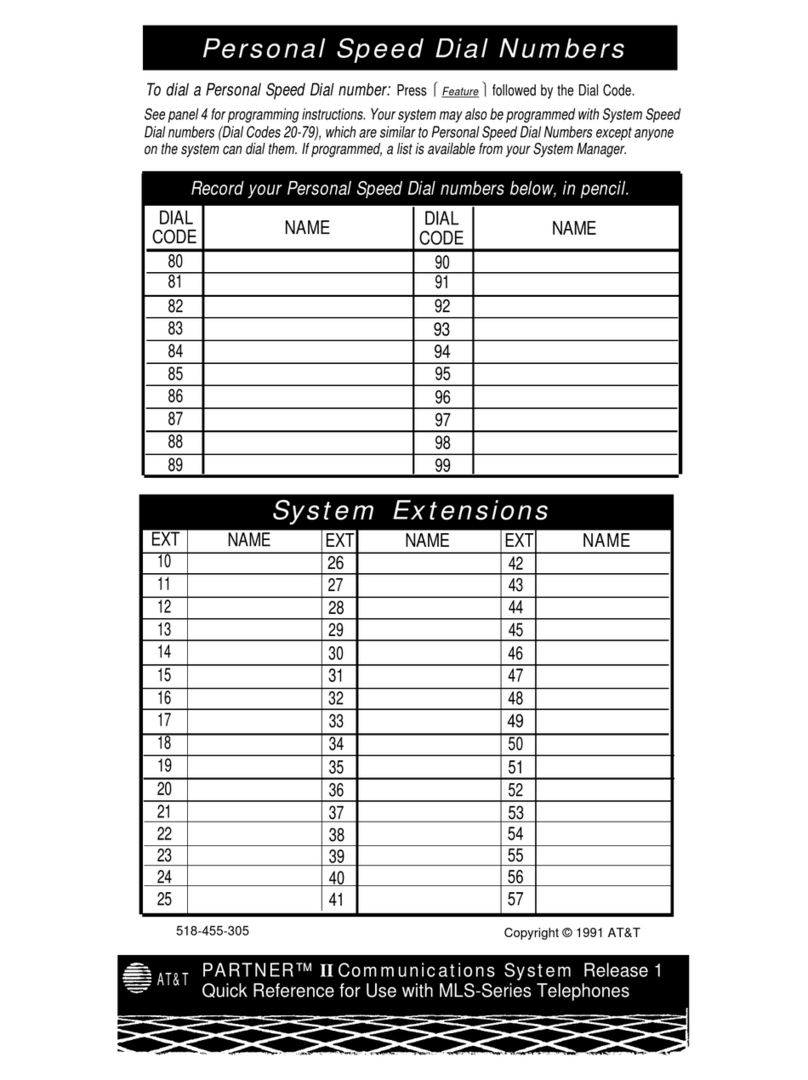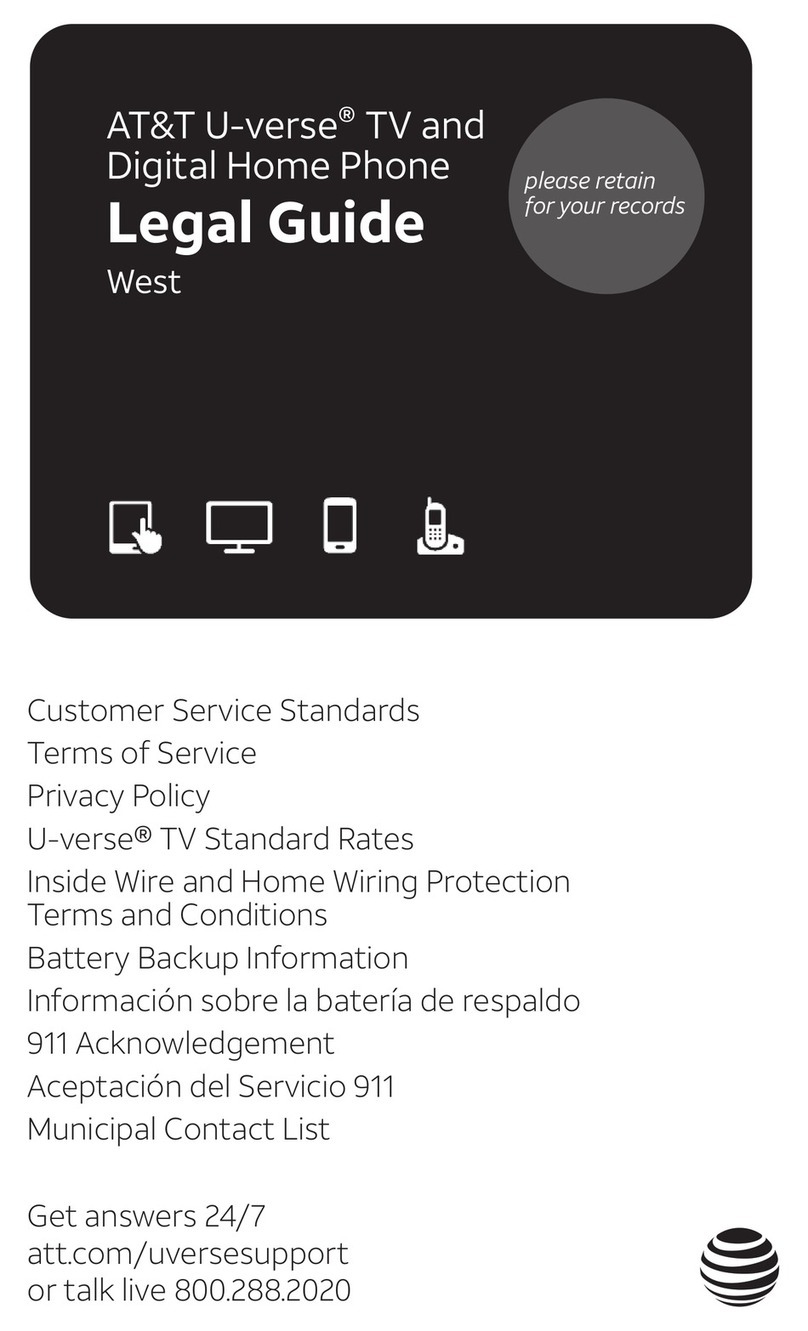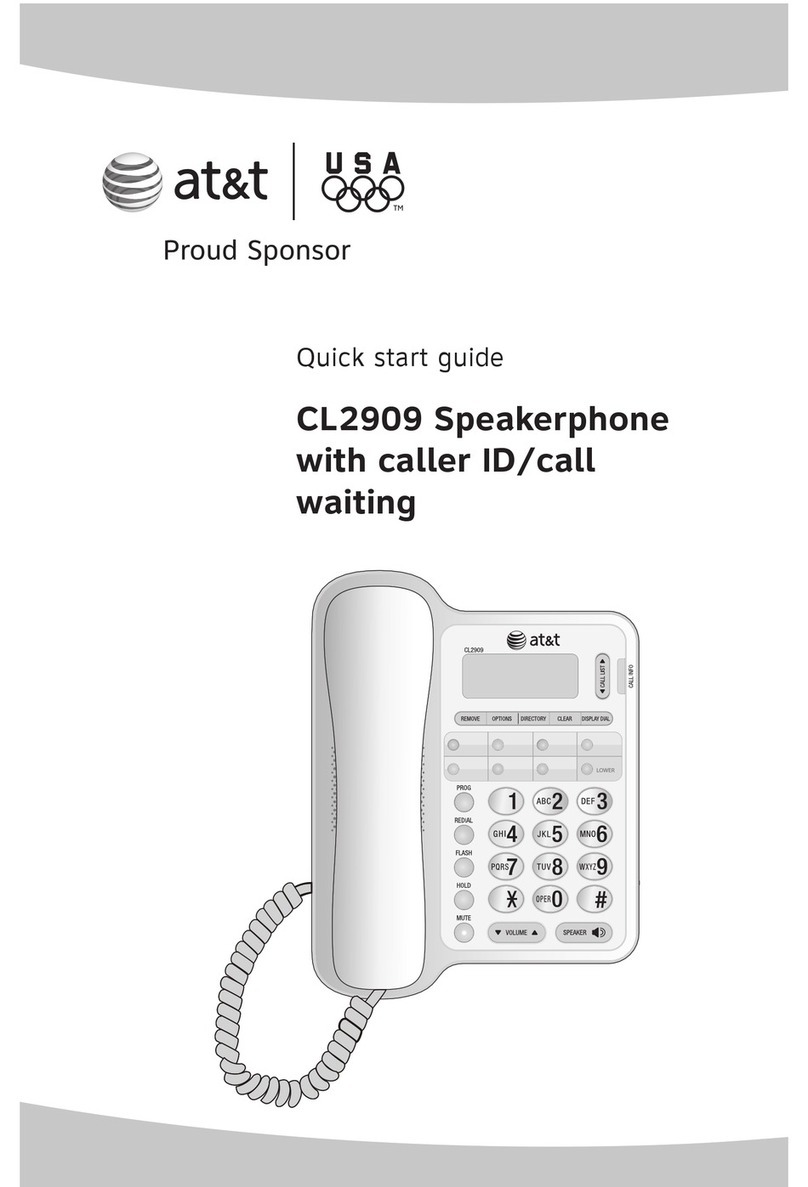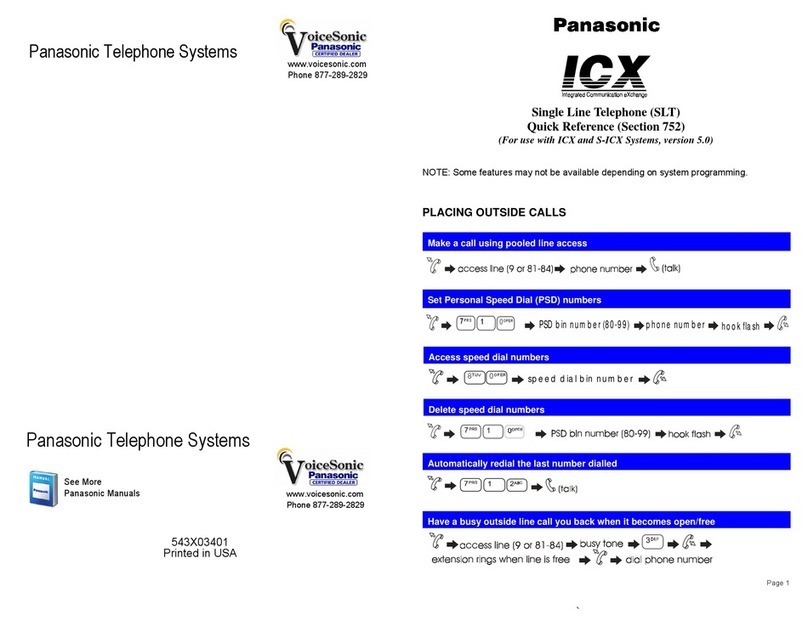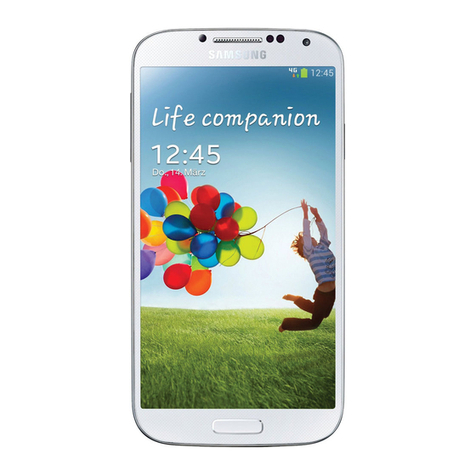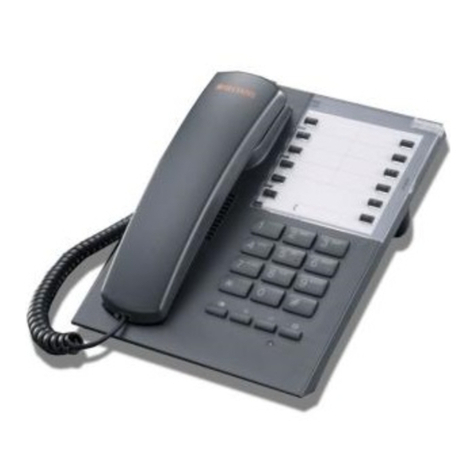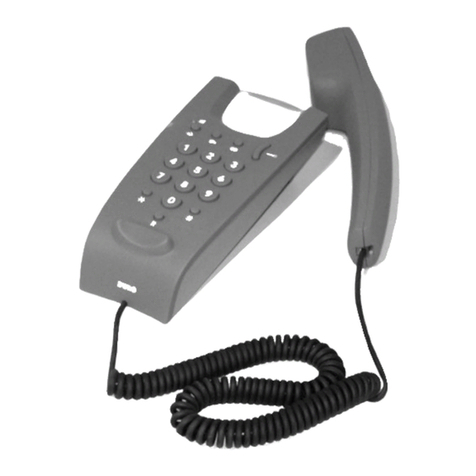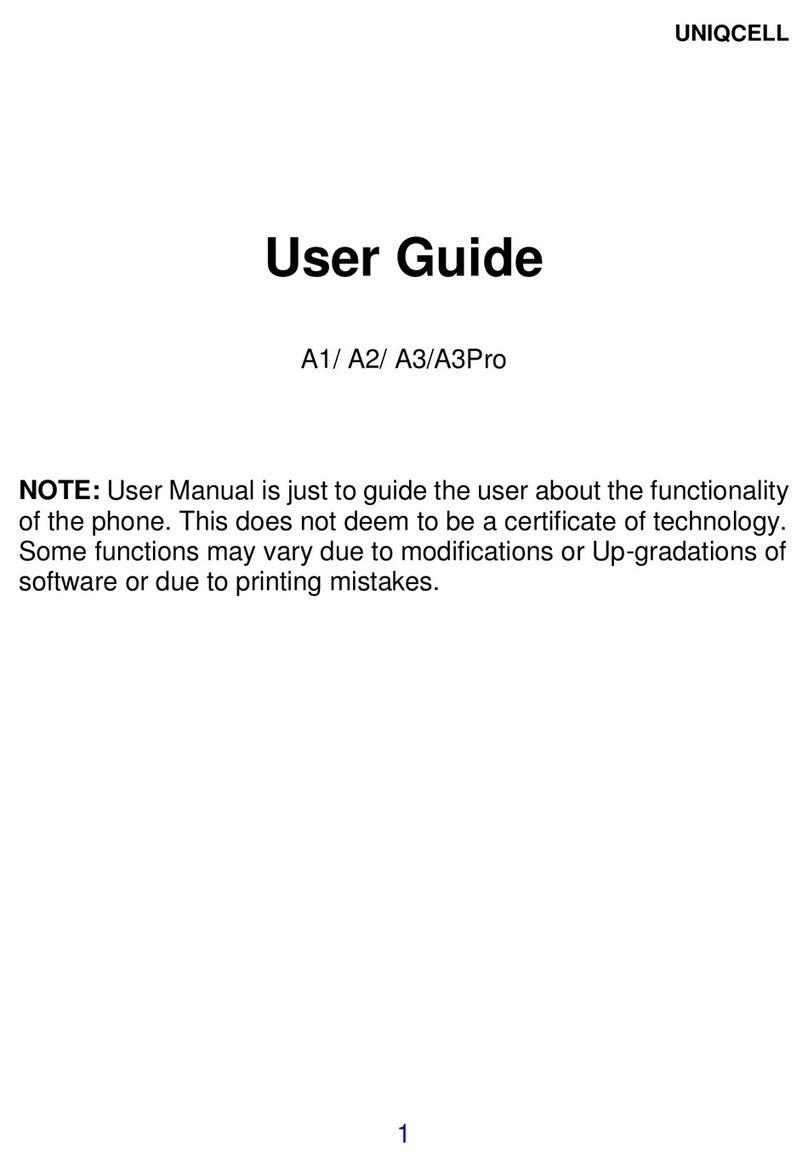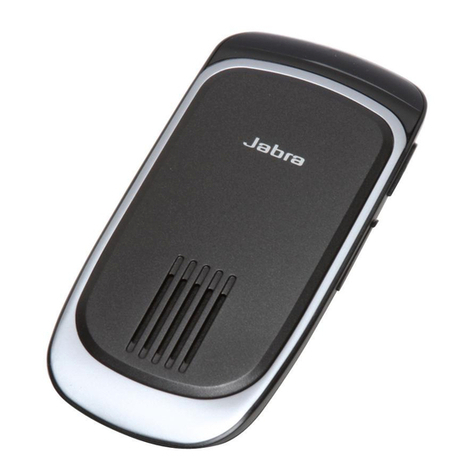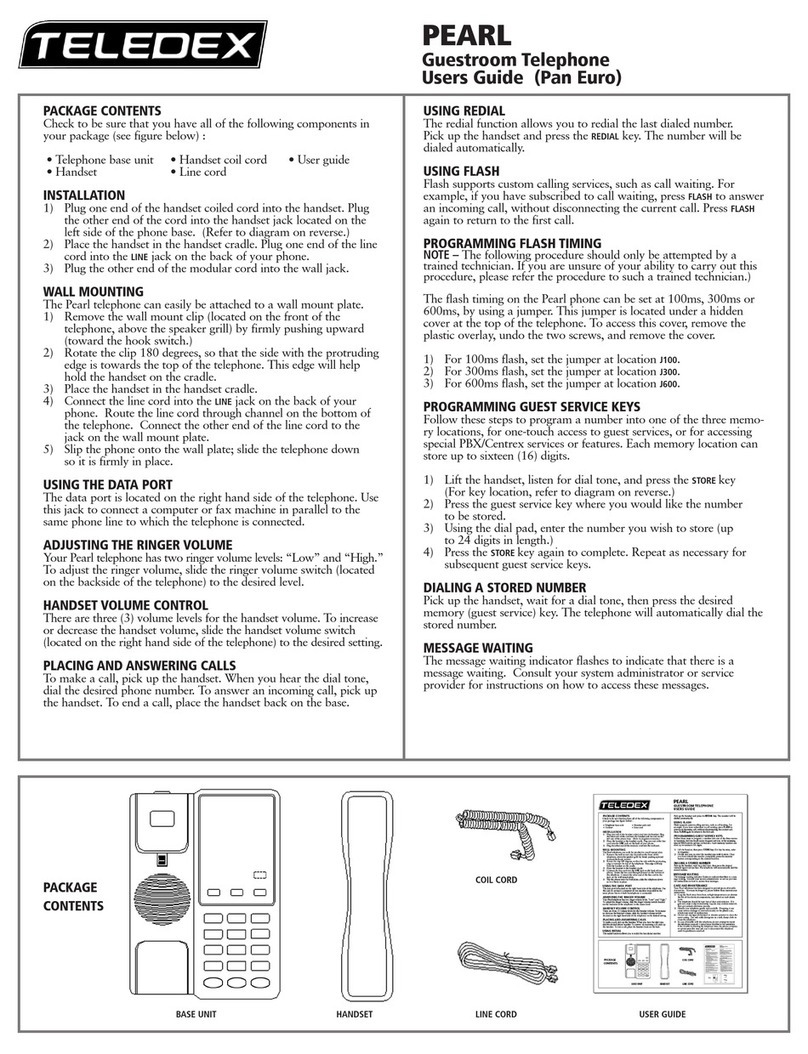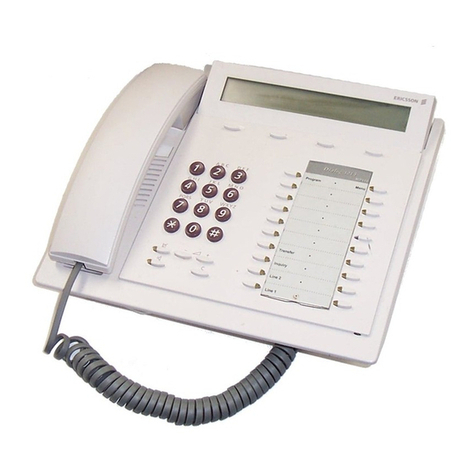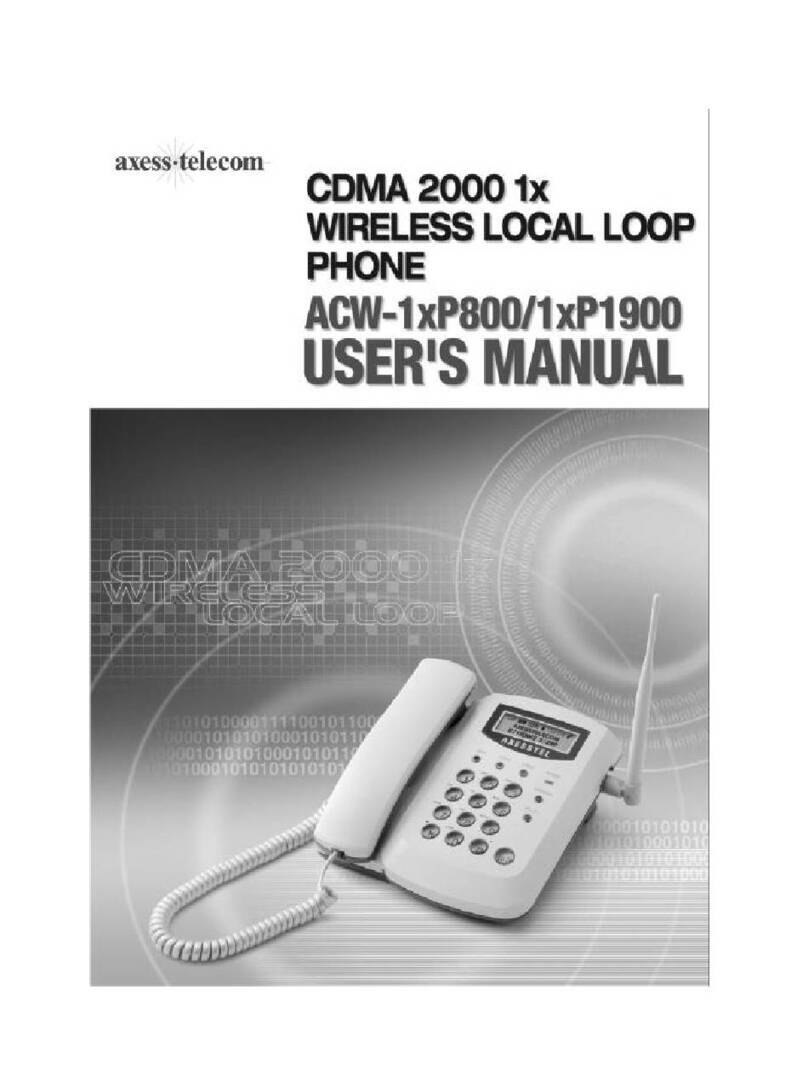What the Features Do
Here are brief descriptions of 15 voice features, including what each one does and how
you might want to use it. Note: You will have the Conference, Hold, Message, and
Transfer features. In addition, you may have many of the other features listed here;
your System Manager can advise you.
Abbreviated Dialing
Allows you to store selected telephone numbers for quick and
easy dialing. Each number can be a complete or partial telephone number, an extension
number, or a trunk or feature code. There are 4 possible types of lists—personal, group,
system, and enhanced —and you can have a total of 3 lists (see your System Manager
for details). Numbers on a personal list are programmable by you; numbers on all other
lists are programmable only by the System Manager. Use as a timesaver for dialing
frequently called, lengthy, or emergency numbers.
Automatic Callback
Sends you a special 3-burst ring indicating that a previously
busy or unanswered extension is now available. Use to avoid constant redialing when
you wish to speak to someone who is frequently busy on the telephone or in and out
of the office. Note: Can be used only for extensions, not outside numbers.
Call Forwarding All Calls
Temporarily forwards all your calls to another extension
or to an outside number, depending on your system. Use when you will be away from
your voice terminal and you want your calls to be forwarded to a telephone number of
your choice.
Call Park Puts a call on hold at your voice terminal, for retrieval at any extension.
Use when you need to go elsewhere to get information during a call, or whenever you
wish to complete a call from a different location. Also, if the call received is for
someone else, use it to hold the call until the called party can answer it from the
nearest available voice terminal.
Call Pickup
Lets you answer a call at your voice terminal for another extension in
your pickup group. Use when you wish to handle a call for a group member who is
absent or otherwise unable to answer. Note: You can only use this feature if you and
the called party have been assigned to the same pickup group by your System
Manager.
Call Waiting
When you are busy on a call, sends a distinctive tone to notify you of
another incoming call waiting to be answered. This allows you to complete or hold
your present call and pick up the waiting call. It will save you from missing calls, and
your waiting caller from having to call back later.
Conference
Allows you to add a third party to a call, so that you can conduct a
3-way conversation. (If you wish to conference more than 3 parties, call your attendant
for assistance.) Use to set up time-saving conferences, or to spontaneously include a
third party important to a discussion. Note: If you have both an active call and a call
on hold, you must terminate one of them before you can use Conference.
Hold
Puts a call in a holding state until you can return to it. While a call is on hold,
you can place another call, activate another feature, answer a waiting call, or leave your
voice terminal to do another task. Use when you have a call that you don’t wish to
drop, but which you have to interrupt briefly to do something else.
3
